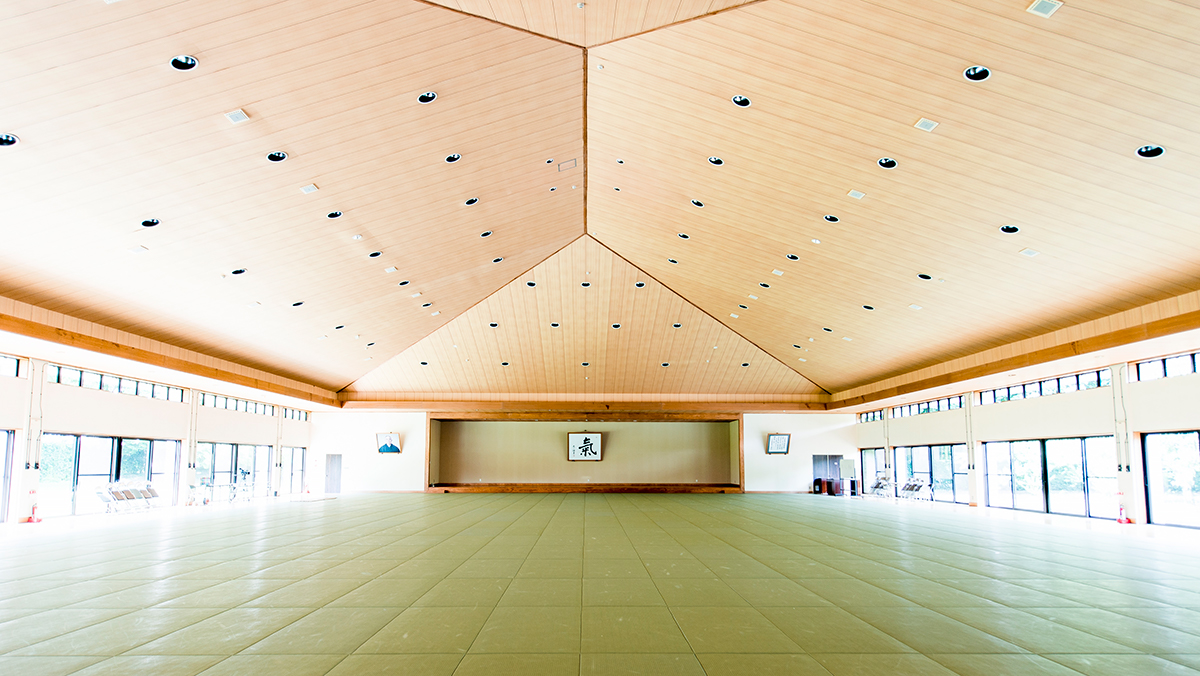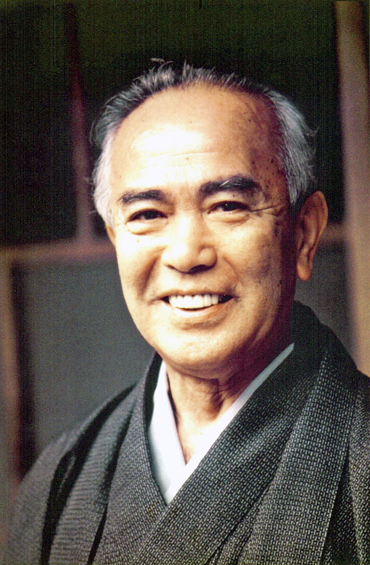A Short Instruction:
The purpose of this article is to apply the Ki principle (mind moves the body) which is the fundamental of Shin Shin Toitsu Aikido to our daily life.
It is not enough just to read, but it is important to positively practice the subject given each month. Learning through practice will be your lifelong asset.
Teaching is Communication
I am the President of the Ki Society. We have more than 300 instructors in Japan. Instructors teach in each dojo throughout the country. Ki Society holds regular seminars for instructors and I teach “Teaching methods” and “Rules for Instructors” directly to them.
As there is always a first time for everybody, there is also a first time for instructors to teach. It was the same for me. When I first started teaching, I was immature as instructor. Inexperienced instructors tend to convey too much of their own knowledge and skills, that is “teaching too much”. Nevertheless to say even this is out of kindness.
From the students’ side, if they are taught too many things at once, they will become confused and not be able to understand.
Teaching is not one-way communication from instructor to students, but two-way communication between instructor and students.
It is important to observe your students well, in order to know what they need and to teach with the best timing. This is the same as doctors prescribing for patients. Doctors look at the patient`s condition then select the appropriate drug for the patient. If a doctor were to prescribe all kinds of medication that he knows to his patient, it will become very confusing for the patient.
If you do not observe your students very well, you may say unnecessary things and this may impair the student. To be able to see and feel the condition of the student, it is especially important to observe their Ki. Here is one example.
Students who understand what you teach extend plus Ki. We feel comfortable when we can understand something. Students who do not understand what you teach extend minus Ki. We feel uncomfortable when we cannot understand well. The feelings of anxiety and frustration in the student, can be seen through changes in facial expressions and gestures.
That is, if you see and feel students’ Ki carefully, you can know whether the student understands or not.
If the student extends plus Ki after you teach, the teaching is regarded as appropriate. On the other hand, if the students extend minus Ki after you teach, the teaching is not regarded as appropriate. Also when you teach too much the student always extends some signal.
By trying to make the students understand through trial and error in teaching, your teaching skill will improve dramatically. By teaching a one-way method, (teacher to student), your teaching skill does not improve.
When giving directions, “Present Location” and “Goal” are required to know. If you only know the goal, it is difficult to provide directions. It is also very important to know the students’ present location, where they are.
Depending on the present location, it may change whether you go on foot, or use trains, or use a car to get to the goal.
For teaching, it is not enough if you only think “what you want to teach”, but also it is essential to know “what condition the students are in”.
Thus, there is necessary guidance needed for teaching. That is, I can say in English “Teach how to teach”, “Coach how to coach”.
Recently, many companies have developed an interest in applying Principles of Ki that are taught for Shinshin Toitsu Aikido instructors training, with the idea to improve the communication skills and teaching skills of the company personnel.
Communication skill that is used for “Teaching” is important not only for Shinshin Toitsu Aikido but also for every kind of activity.


